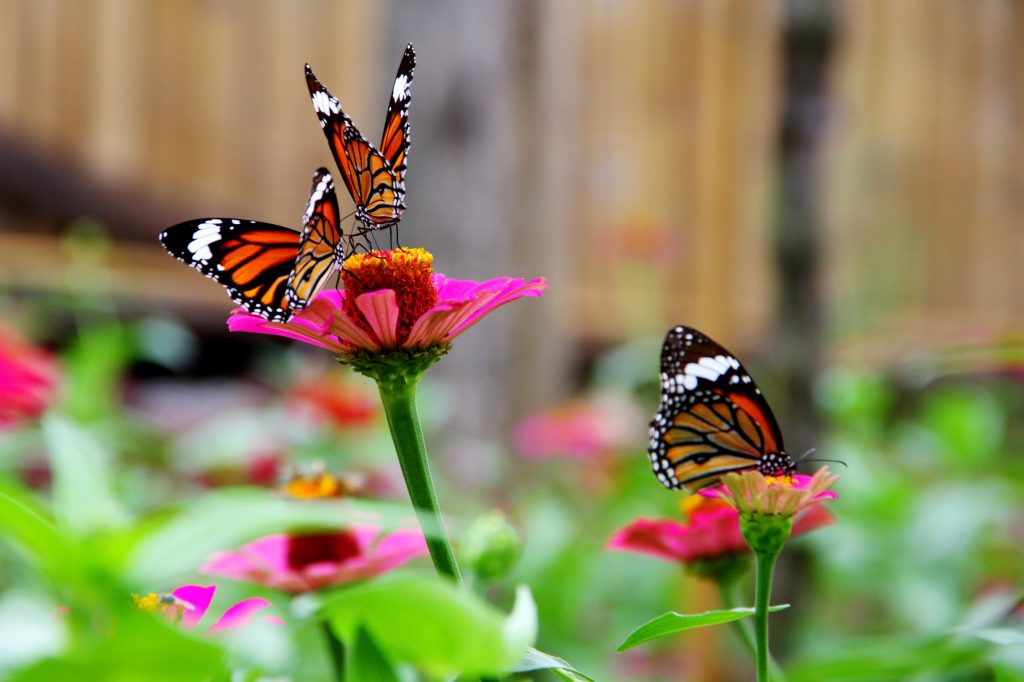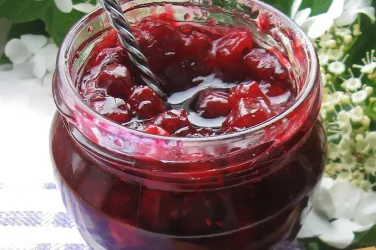
By Mimi Greenwood Knight
Picture this. It’s early morning, and the sky’s still pink with the sunrise. There you sit, coffee cup in hand, companionable dog at your feet, watching the butterflies dance in and out of your flower garden. What could be more relaxing? If you’ve dreamed of just such a scene, it may be easier than you think.
Thanks to our diverse ecoregion and long growing season, Texas plays host to more butterfly species than any other state in the union. And whether you live on a sprawling ranch, a suburban homestead, or an urban condominium, it’s easy to attract these winged beauties into your life.
Design an Enticing Space
Butterflies don’t ask for much, but they do need six or more hours of sunlight — preferably midmorning to mid-afternoon — and shelter from the elements that can come from trees or plants and chemical-free soil.
Selecting Your Plants
Butterflies require both host plants and nectar plants. A host plant is one onto which butterflies, and moths lay their eggs and whose leaves provide a buffet for emerging caterpillars. Also known as larval host plants or caterpillar host plants, they’re usually native plants that have evolved alongside butterflies and moths. Since some butterflies will only lay their eggs on a specific plant, find out what plants it prefers if you hope to attract a specific species of butterflies. A well-known example of this host/butterfly symbiosis is monarch butterflies and milkweed.
A nectar plant provides food for adult butterflies and moths who drink the nectar from their flowers. Because host plants provide food for butterflies in the caterpillar stage while nectar plants feed the creatures once they’ve metamorphosed into butterflies, your butterfly garden should include both.
Did You Know?
A group of butterflies is called a “kaleidoscope.”
Other Attractions
Since a butterfly can’t land on open water sources to drink, provide a birdbath or other structure with tiny stones and fresh water. Butterflies can safely land on the stones and drink water to hydrate. You can also provide a receptacle with wet sand from which they’ll draw minerals, a habit known as puddling. And lastly, because butterflies need sun for orientation and to warm their wings for flight, you can place some flat stones around your landscape for butterflies to rest and bask in the sun.
Go for Color
Adult butterflies are attracted to red, yellow, orange, pink, and purple blossoms with flat-topped or clustered blooms. Be sure to include flowers in those colors and plan your garden so that when one plant stops blooming, another begins. Or opt for plants such as lantana, vinca, or zinnia that bloom all summer long.
What you do to attract butterflies to your landscape will also attract other beneficial insects, such as native bees, dragonflies, and ladybugs. Together, they pollinate our world and provide food for birds, lizards, frogs, toads, wasps, and bats, contributing to the circle of life. And as English naturalist and author Sir David Attenborough put it, “That simple pleasure of looking at butterflies in the garden is calming to the soul and spirit and good for us all.”
Native Texas Plants Butterflies Can’t Resist
When planting to attract pollinators, it’s important to choose varieties that thrive in our ecoregion, including:
- Oak (Quercus), which plays host plant to hundreds of different butterflies and moths and has 44 varieties native to Texas
- Plum or cherry (Prunus) will add dramatic blooms to your spring landscape
- Willow (Salix), which is also the fastest-growing tree
- The Texas state tree, pecan (Carya), also feeds small mammals, birds, and humans
- Goldenrod (Solidago) plays host to 80 different butterflies and moths
- Sunflowers (Helianthus), a powerhouse host plant
- Prickly pear (Opuntia), the state plant of Texas
- Evening primrose (Oenothera), which acts as both a nectar and a host plant










